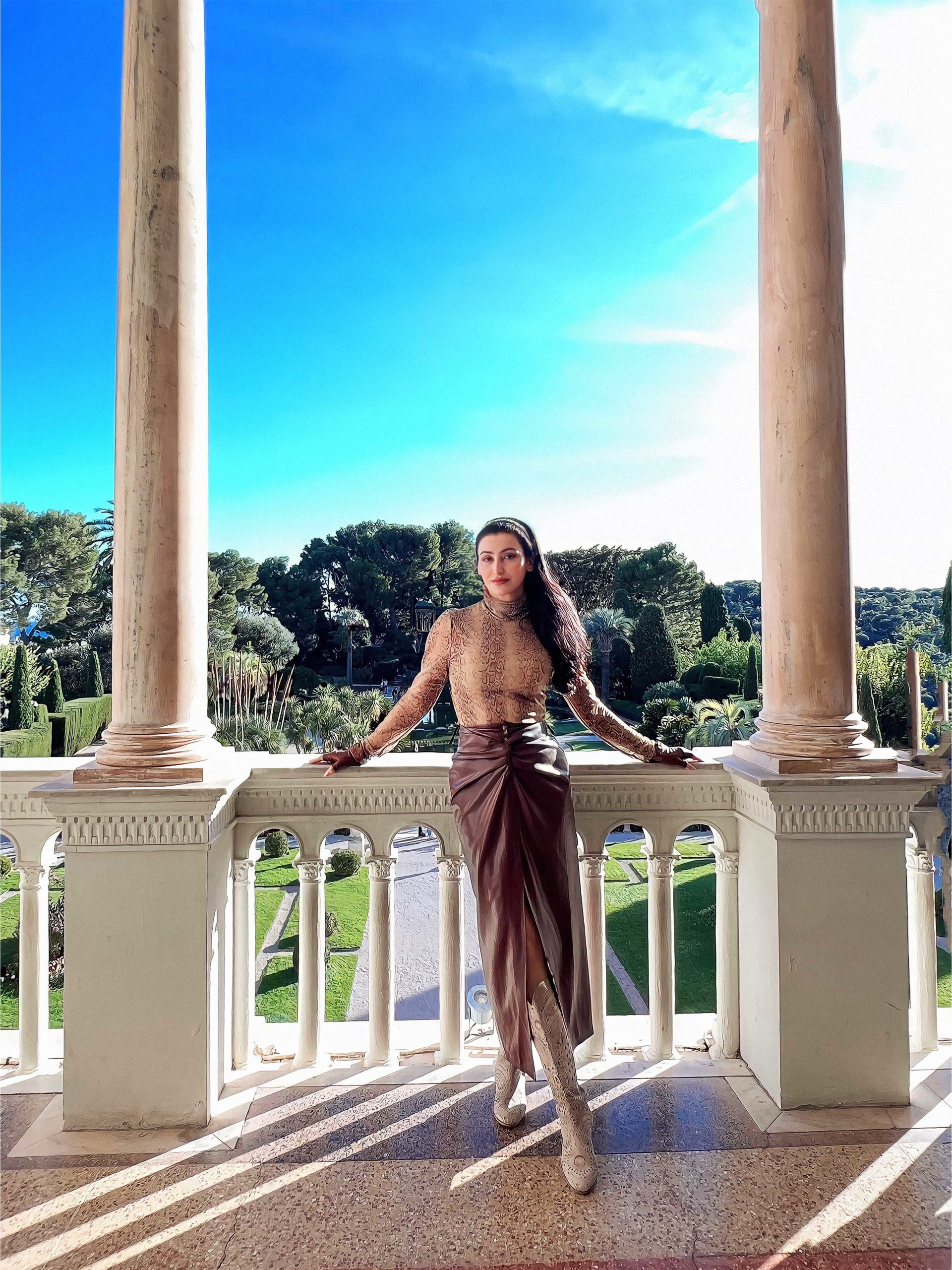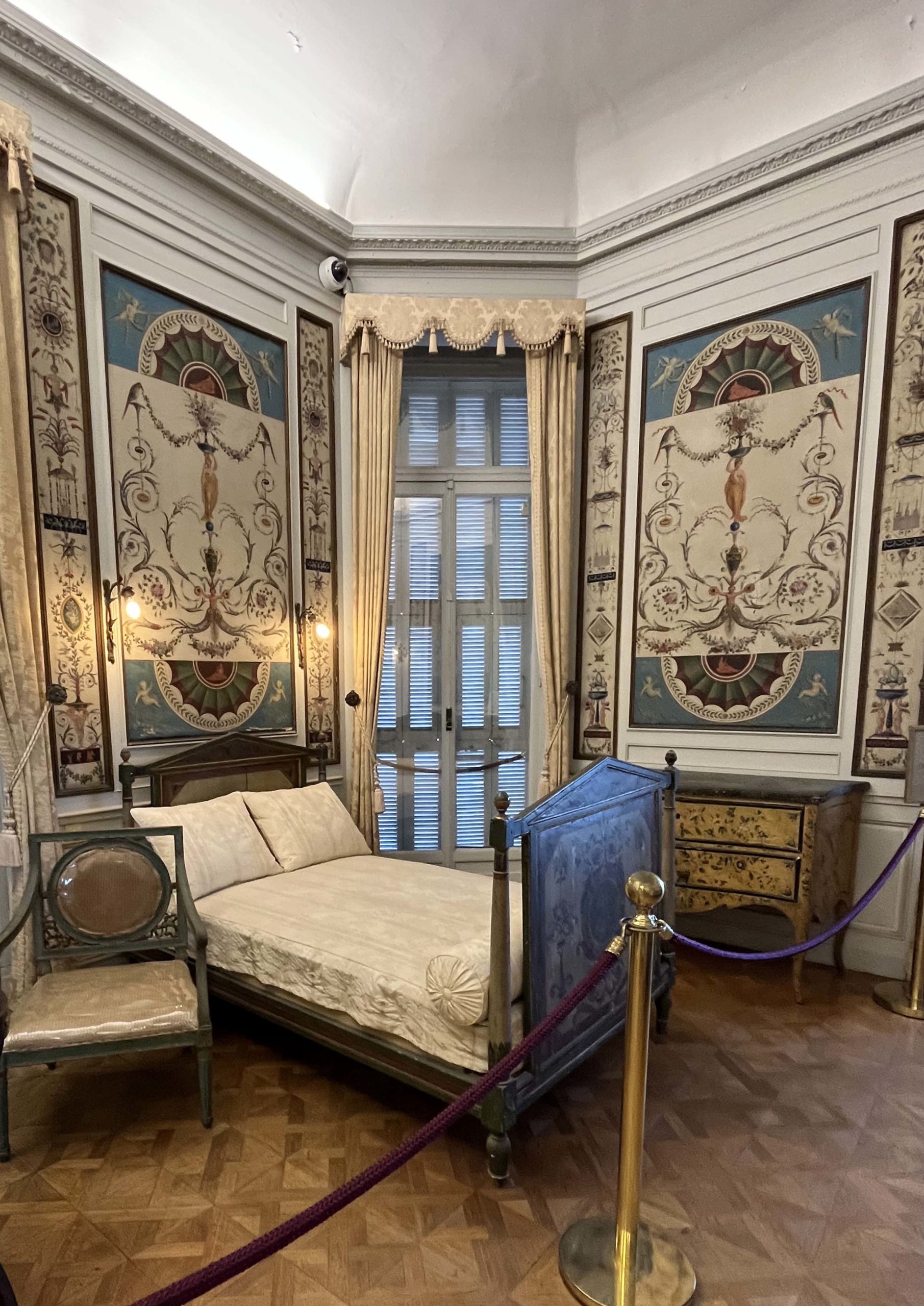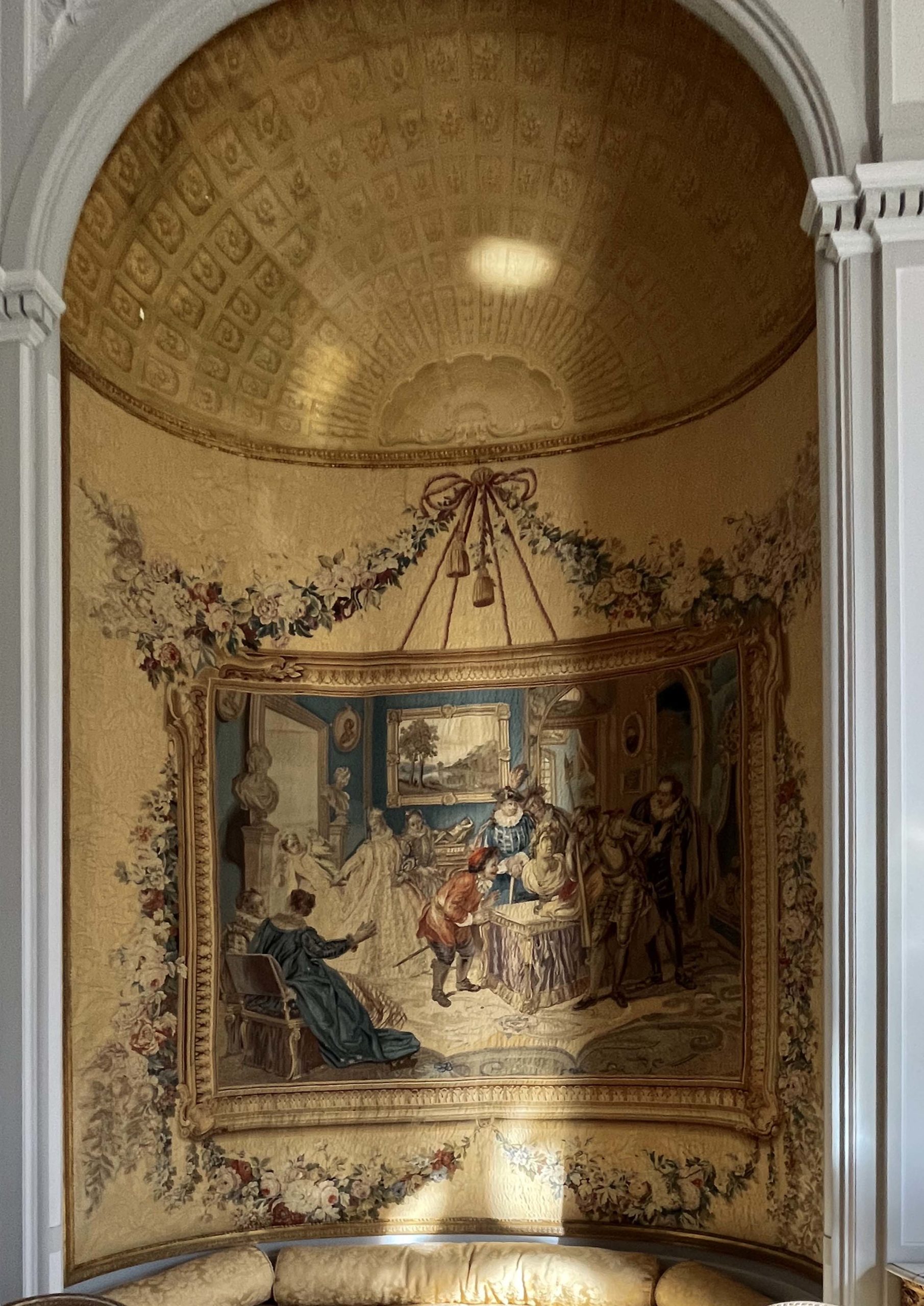Hidden Art Legacies Across the Riviera by Shalini Passi
Southern France became a sanctuary for numerous European artists in the early 20th century during World War I, leading to a synthesis of a new stylistic art movement in the region. The peaceful communes of the Italian and French riviera transformed into centres of cultural and artistic developments that defined the changing creative landscapes of modern art, architecture, and design. Celebrating the visual vistas by some of the stalwarts of the modern and contemporary era, ranging from the figurative ruminations by Picasso to the conceptual sculptures by Nikki de Saint Phalle.

1.Old town of Monaco
The old town of Monaco is one of the four principalities that constitute Monaco-ville, replete with historical anecdotes, the town has remnants of Monegasque art and culture preserved in the gallery halls of the Monaco palace, the official residence of the Grimaldi family since seven centuries. The palace has seen numerous renovations and additions over the years, the evolution of Genoese art and architecture. The old town is also known for the Oceanographic museum which is a remarkable specimen of Baroque Revival architecture, while the Hermitage hotel and Monte Carlo Casino are glimpse into the zenith of Belle Époque that was prominent in the 19th century artistic sensibilities of France. Moreover, Monaco has been an inspiration for various artists, designers and photographers over the years, as witnessed in the annual exhibits held in the New National Museum of Monaco in Villa Sauber.



Helmut Newton exhibit at New National Museum of Monaco in Villa Sauber
2.Saint-Jean-Cap-Ferrat
A recurring subject in the post-impressionist and expressionist visual narratives of various artists, the French commune of Saint-Jean-Cap-Ferrat has a rich artistic charm. Known as an ideal tourist attraction among artists, writers, and art aficionados, the villas and courtyards are replete with culturally rich anecdotes. Villa Natacha owned by Alec Tériade, a celebrated art publisher, was frequently visited by Matisse, Chagall and Picasso, whose works now grace the villa’s wall. Another specimen of architectural and artistic magnificence is the Villa Ephrussi de Rothschild, designed by French architect Aaron Messiah in the early 20th century for Baroness Béatrice de Rothschild. The villa is now owned by the Académie des Beaux-Arts, and operates as a museum. The summer art festival that takes place annually in the month of June, inviting artists from all over the world, to celebrate the creative spirit of the region.



Interiors of Villa Ephrussi de Rothschild Museum, Saint Jean Cap-Ferrat
3.Antibes
Once known as the Greek town of Antipolis, the port city of Antibes is known for its mesmerising skylines that are accentuated by the beauty of the towering Picasso Museum, facing the azure waters of the Mediterranean sea. The commune’s Grimaldi palace was once the residence of Pablo Picasso, one of the most influential figures of the 20th century modern art narrative. In 1946, on the suggestion of Romuald Dor de la Souchère, the museum’s curator, Picasso had set up his studio in one of the rooms of Chateau Grimaldi, creating a spectacular body of work consisting of 23 paintings and 44 drawings. He kept revisiting the town over the years, strengthening an intangible bond between the commune and the artist. The museum presently has 245 works by Picasso alongside a rich collection of modern art by artists Fernand Léger, Nicolas de Staël, Kostia Terechkovitch, Paul Leuquet, Claude Raimbourg, Germaine Richier, and Joan Miró.



Madoura ceramic plates by Picasso, Musee Picasso, Antibes
4.Saint-Paul-de-Vence
Famously known as the artist’s mecca, Saint-Paul-de-Vence bucolic charm was rediscovered in the visual synthesis conjured up by various modern era artists like Henri Matisse, Georges Braque, Calder, Joan Miro, Modigliani, Pablo Picasso, Paul Signac, Raoul Dufy, and Chaïm Soutine. The commune was also the permanent residence for Marc Chagall during his final years, the town became a prominent subject in his landscape paintings, immortalising the scenic village on canvas.
The Rue Grande street is one of the streets of the commune, predominantly dedicated to numerous small art galleries, notably Riviera Galerie. Moreover, the most remarkable spectacle is the townwide installation of animal sculptures in bronze and marble by French sculptor Michel Bassompierre.


Michel Bassompiere, sculpture, Saint Paul de Vence
- Old Town of Nice
A town festooned with exemplary specimens of Baroque architecture, the cathedrals of Nice are masterfully juxtaposed against the modern narratives of art movements that developed in the 1950s in this French commune. The heavenly interiors of the Gesu Cathedral and Cathédrale Sainte-Réparate, with stained glass windows, ornate sculptures, and emotive paintings are perfect examples of late Baroque developments. In the sphere of modern art, some of the major attractions among art history aficionados are the Museum of Contemporary and Modern Art (MAMAC), Marc Chagall Museum, and Musee des beaux Arts Nice, showcasing pre-modern and modern sensibilities of artists like Yves Klein, Niki de Saint-Phalle and Jules Cheret.


1962-92, MAMAC

Musee de Beaux Artes de Nice
6.Dolceacqua
This Italian commune is known for its otherworldly charm which is remarkably delineated in the paintings of Claude Monet. Ponte Vecchio (old bridge), built in the 15th century, has been a recurring motif in many of Monet’s pieces. The ruins of the Castle of the Doria behind the bridge are also visible in Monet’s version, where he has captured the mediaeval architecture of the place. He used to frequently visit the commune with another celebrated Impressionist, Auguste Renoir to paint the scenic views in En plein air technique. The legacy of Monet’s impressionist creations has been kept alive in the form of exhibits in Dolceacqua and Bordighera.



Text by Shalini Passi
Image courtesy: Shalini Passi, Museums, Galleries, and Artists.
To know more about the locales:
https://www.visitmonaco.com/en
https://www.villa-ephrussi.com/en
https://www.saint-pauldevence.com/en/
https://italian-riviera.com/en/dolceacqua/
http://www.musee-beaux-arts-nice.org/




